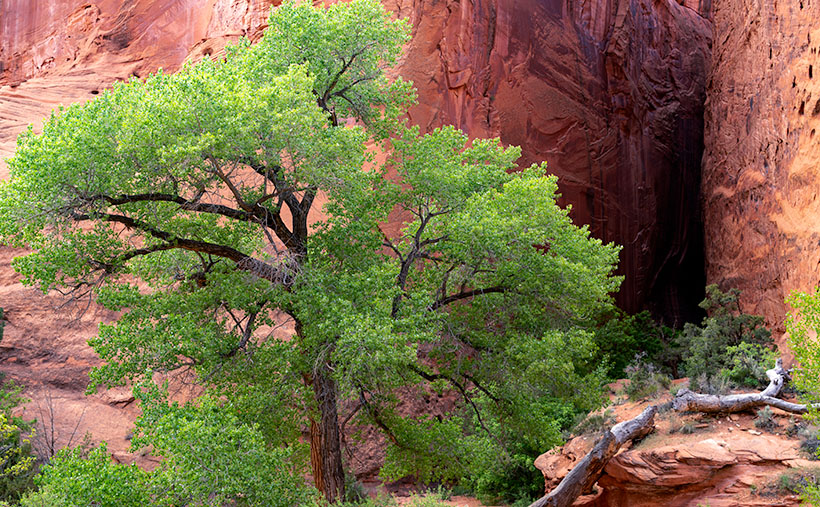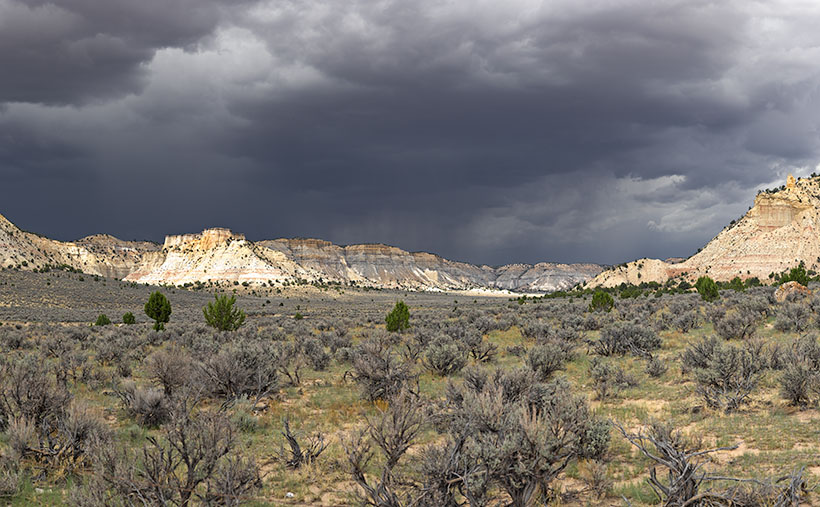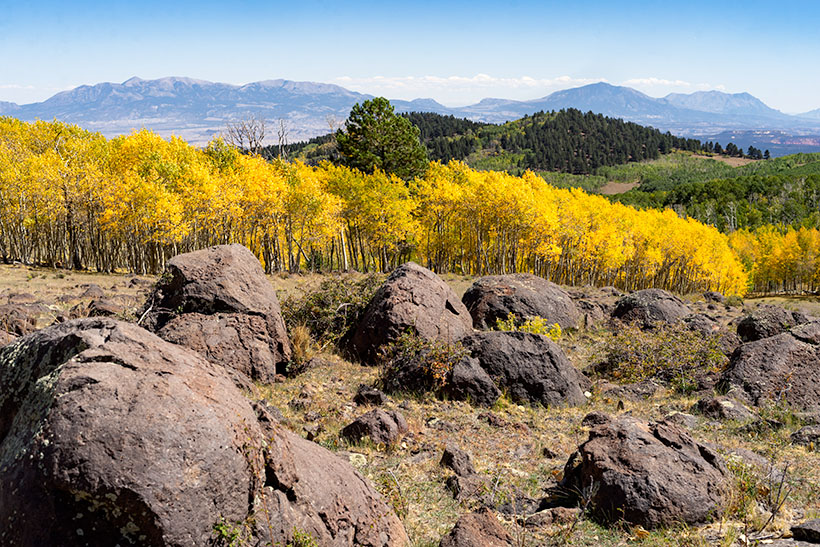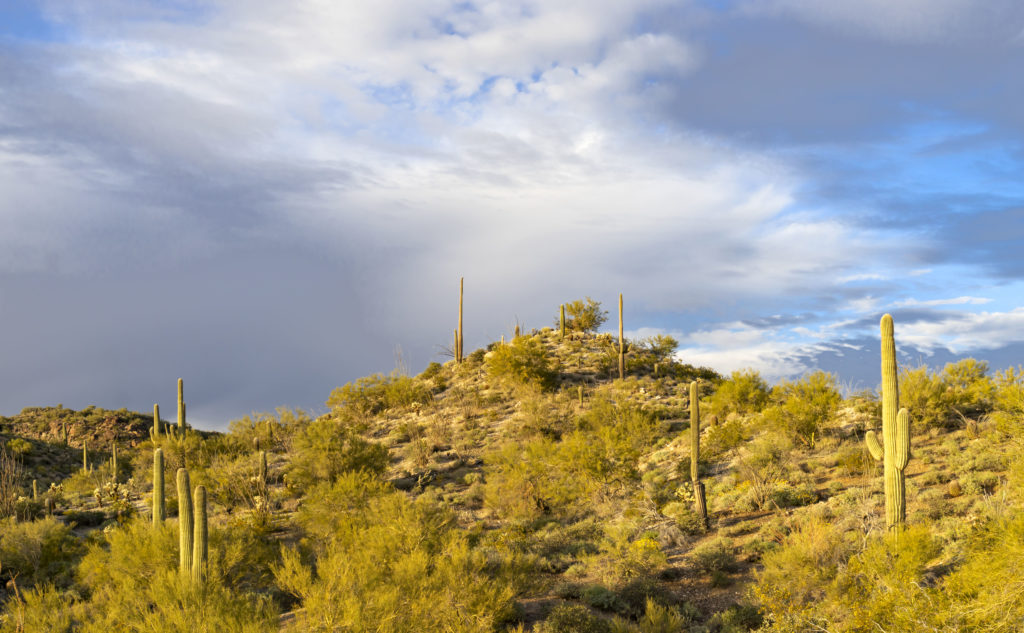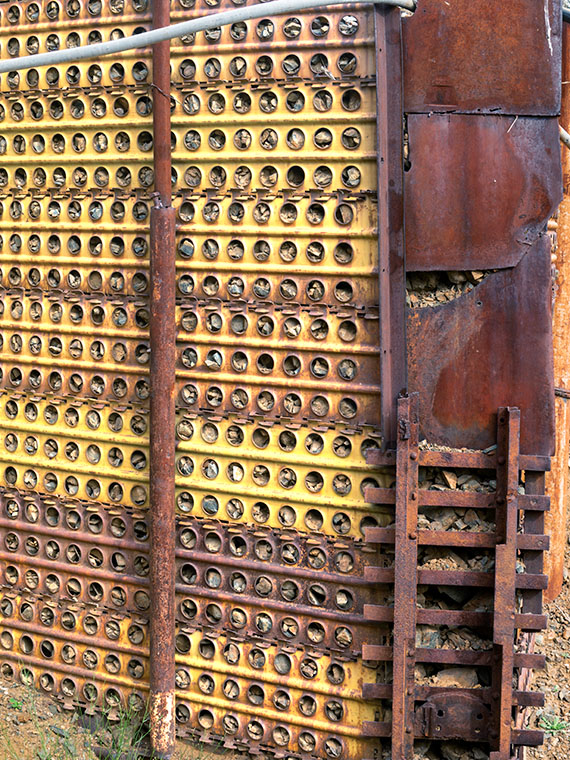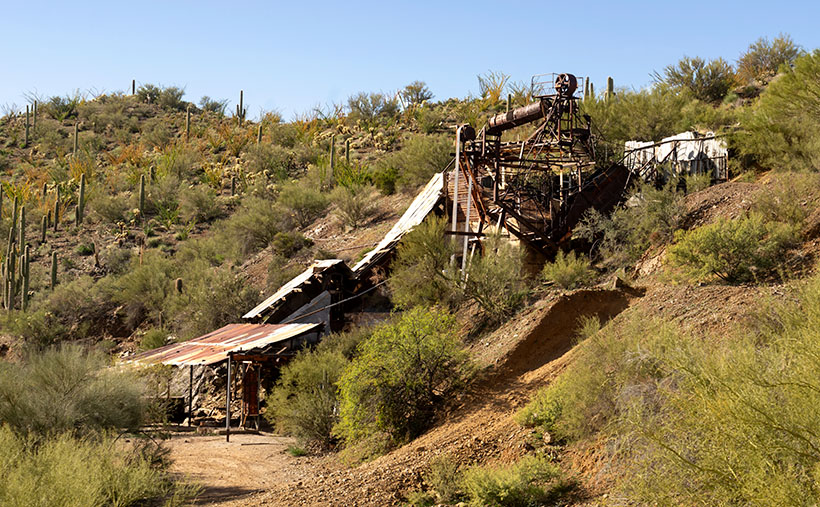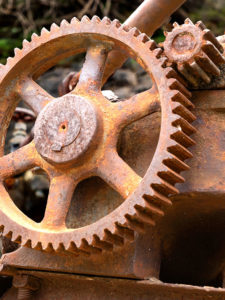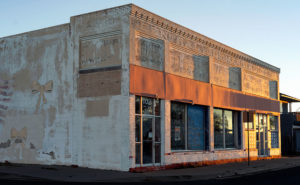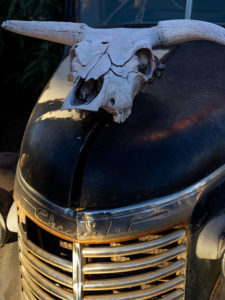For the last couple of years, on the drive to see the dentist, we drive past a place that I wanted to photograph. That sounds like it’s down the street, but our dentist is three hours away in Mexico. When we pass by in the morning, we’re on our way to an appointment, and I’m too tired to stop on the way home. I decided that I can’t do it justice with a drive-by shooting. I need to make it a destination.
The place I’m talking about is the Kofa Wildlife Refuge in the far west part of Arizona and near the western edge of the Sonoran Desert, which is the Colorado River thirty miles away. It’s along US 95, a half hour south of Quartzsite. The refuge spans three mountain ranges: the Castle Dome, the Kofa, and the New Water ranges. It supports a herd of desert bighorn sheep large enough to allow limited hunting. The refuge also has a couple of indigenous plants that only grow within its boundaries.
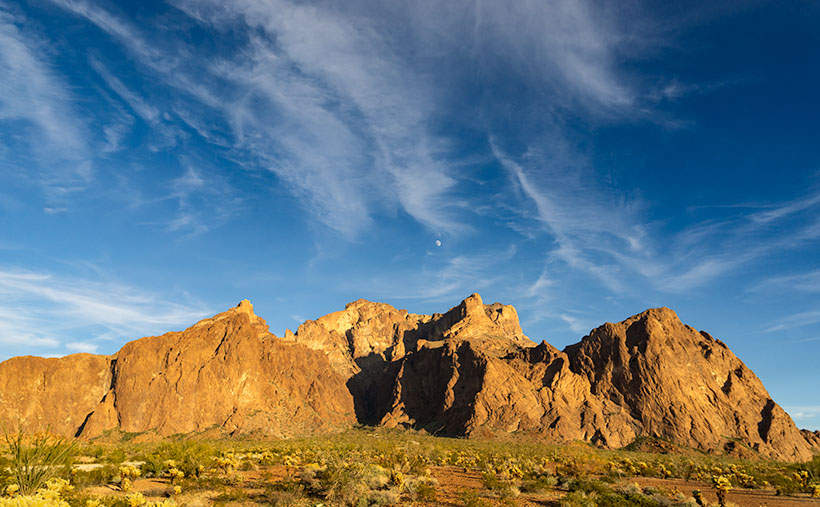
Of the three ranges, I think the Kofa Range is the most photogenic; at least along its western face. There’s a central mountain—Signal Peak—that is surrounded by shorter—but impressive—needles and jagged peaks. It reminds me of the Superstitions a bit as they’re both volcanic in origin and have a similar geographical setting. Early prospectors called them the Shit House Mountains because they thought the spires looked like outhouses. Mapmakers didn’t care for that name, so they changed the name to Stone House and finally Kofa after the King of Arizona Mine—an operation that pulled millions of dollars of gold from the mountains in the twenty years that it operated.
Besides the rugged terrain and the bighorn, the Kofa has Palm Canyon. The canyon requires a short but steep half-mile hike to see a dozen and a half California Fan Palms growing in a vertical gash in the mountain. I know that you can see palms anywhere in Arizona, but these are the only native ones in the state. They’re a holdover from one of the Ice Ages. I failed to get a good shot on this trip because to get close you would need to be a mountain goat, and the sun shines on them for a limited time. When I go back, I’ll take a different lens.
This week’s featured image was an afterthought. I was driving down from Palm Canyon and stopped to capture an image in the west. When I got out of the truck, I saw a three-quarter moon rising above Signal Peak, so I instinctively fired a couple of shots, but quickly dismissed them as insignificant because of the wide lens I used. Wide lenses make a small moon even smaller. When I saw this shot with those streaky clouds and golden light on my monitor, I thought this would be perfect for an introduction to this month’s topic. I call it KofA Moonrise (I think it’s the way we should spell the range’s name). Incidentally, Palm Canyon is in the dark area beneath Signal Peak.
You can see a larger version of KofA Moonrise on its Web Page by clicking here. I hope you enjoy viewing this week’s post and come back next week when we’ll show another featured image from the KofA Wildlife Refuge.
Until next time — jw

